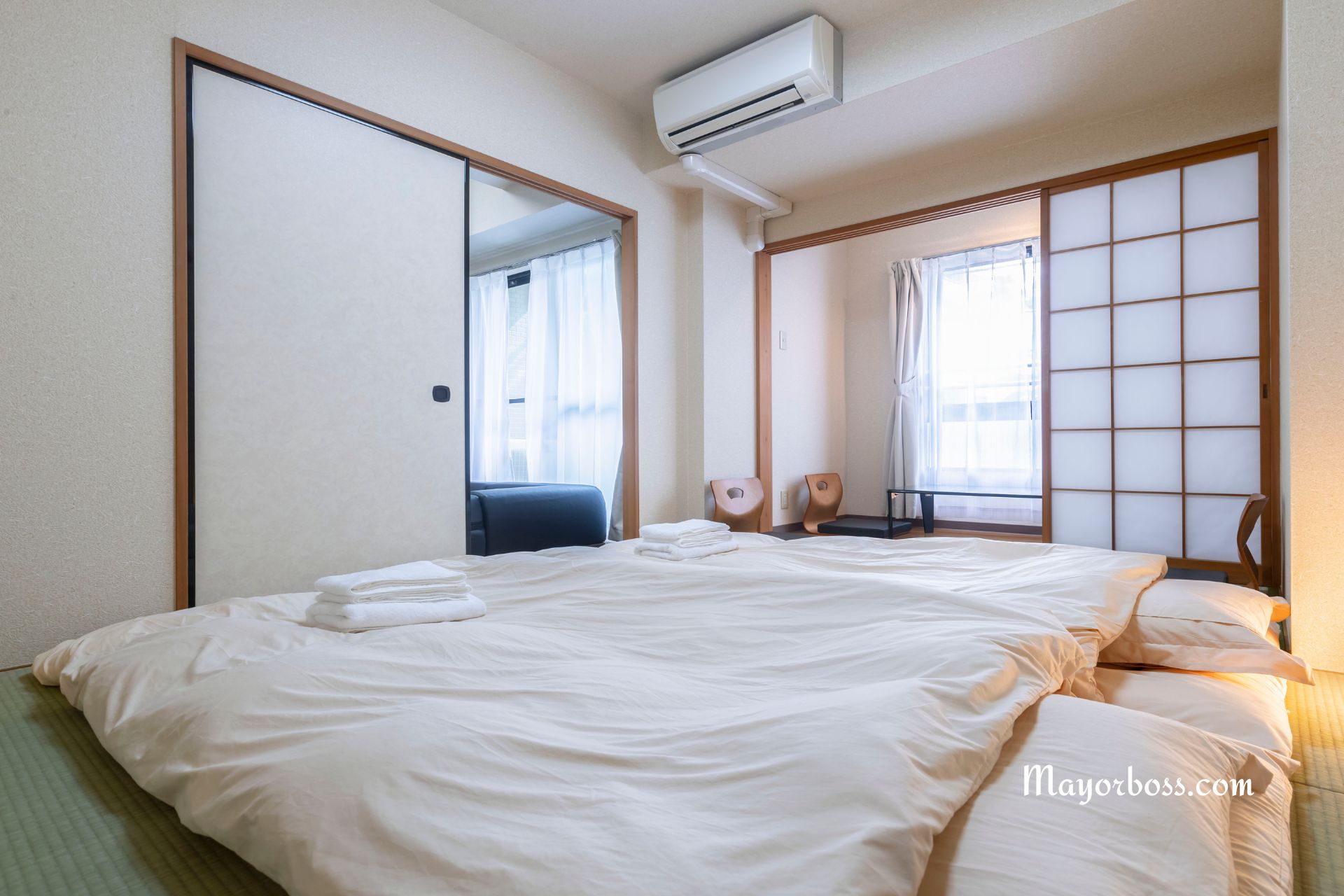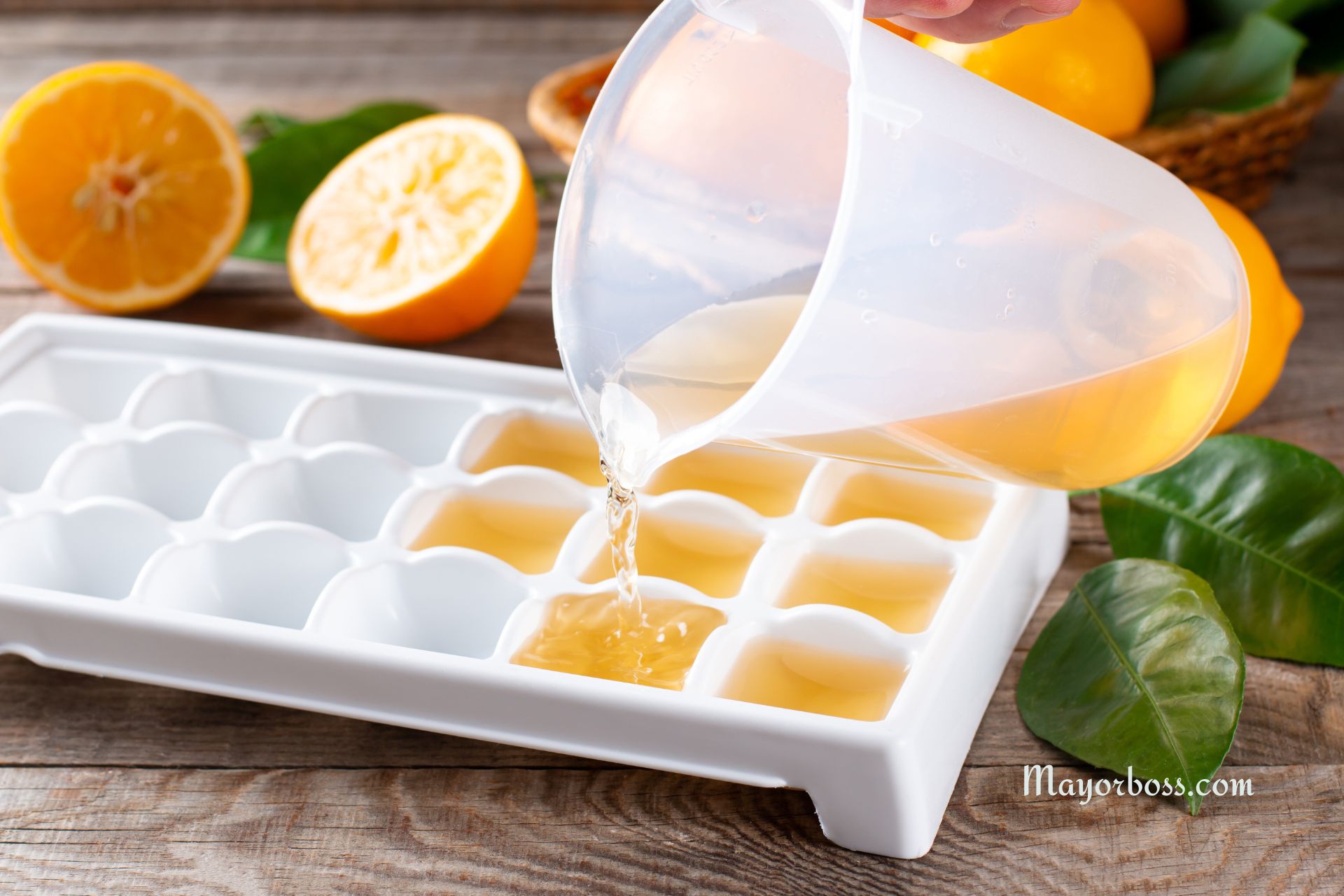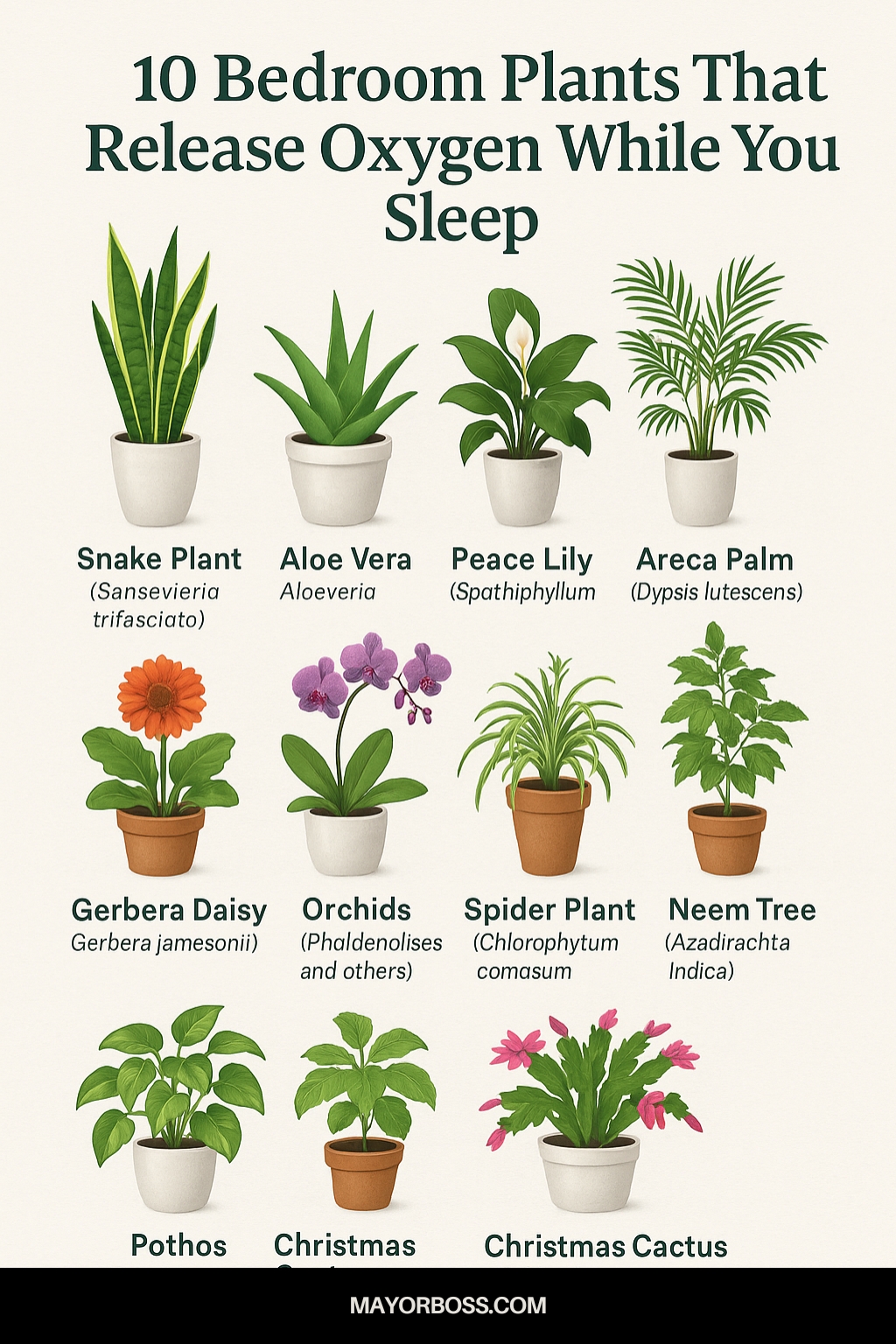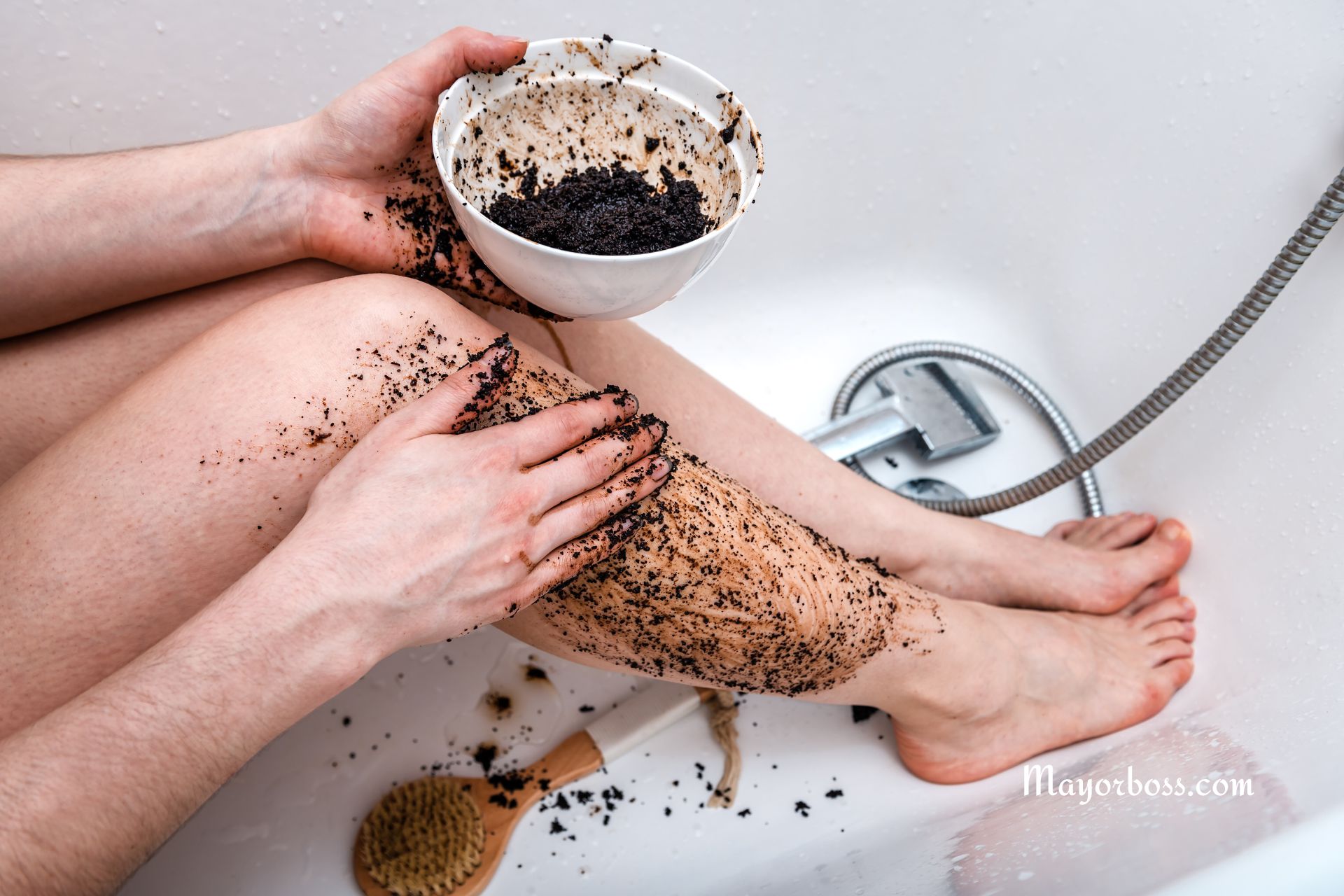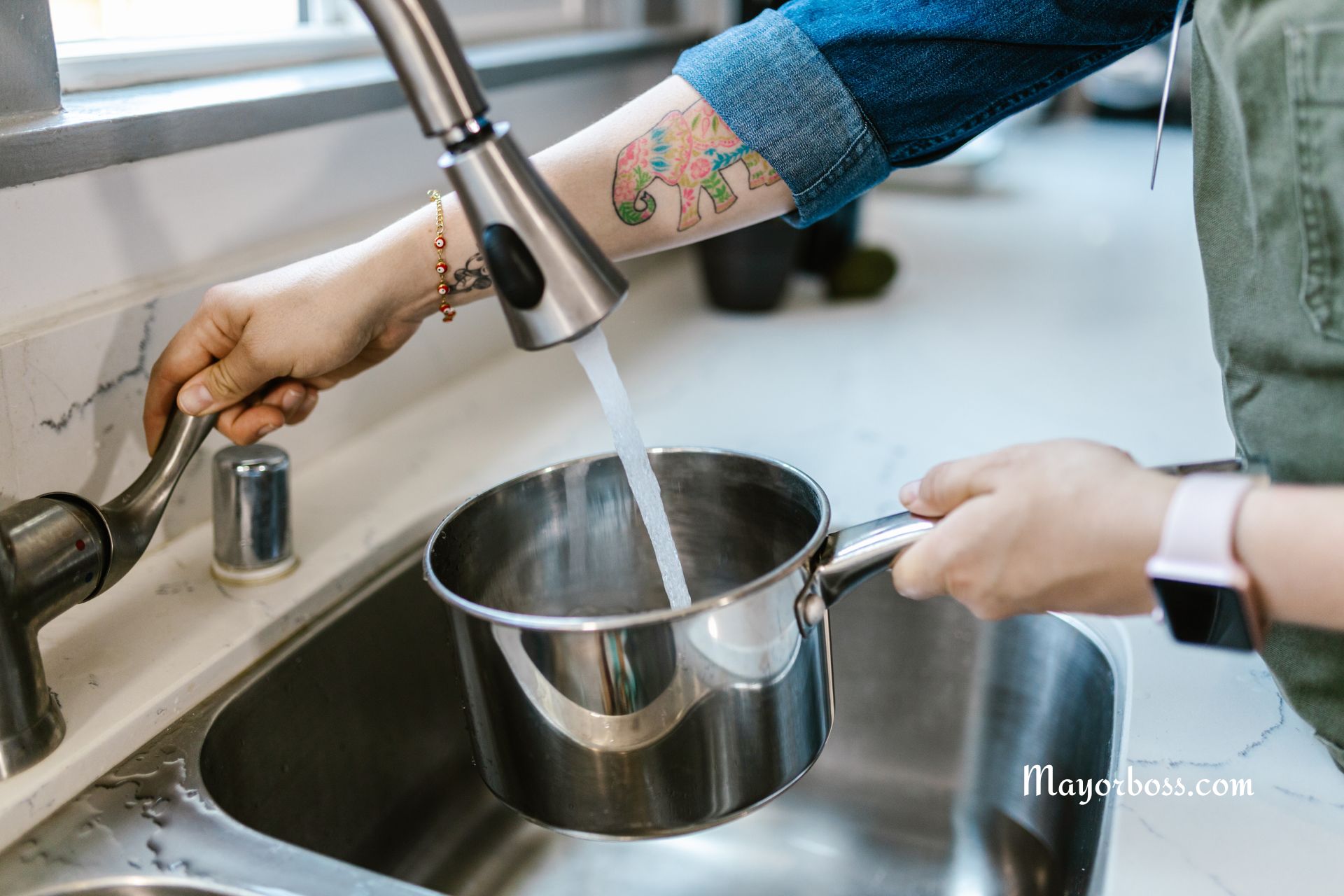You Use It for Laundry: This Time, Spray It on Your Wall. There Will Be No Trace of Mold
Mold (mildew) is not just an unsightly issue that can pop up in the damp corners of your home—it can also pose serious health risks. Exposure to mold can potentially lead to respiratory problems, especially for individuals with asthma or allergies. So, getting rid of it is essential not only for the aesthetics of your home but also for your health.
But what if I told you that something sitting in your laundry room can be a powerful solution for eliminating mold from your walls? Yes, the same product that you use to clean your clothes can also be your secret weapon against mold. We’re talking about bleach!
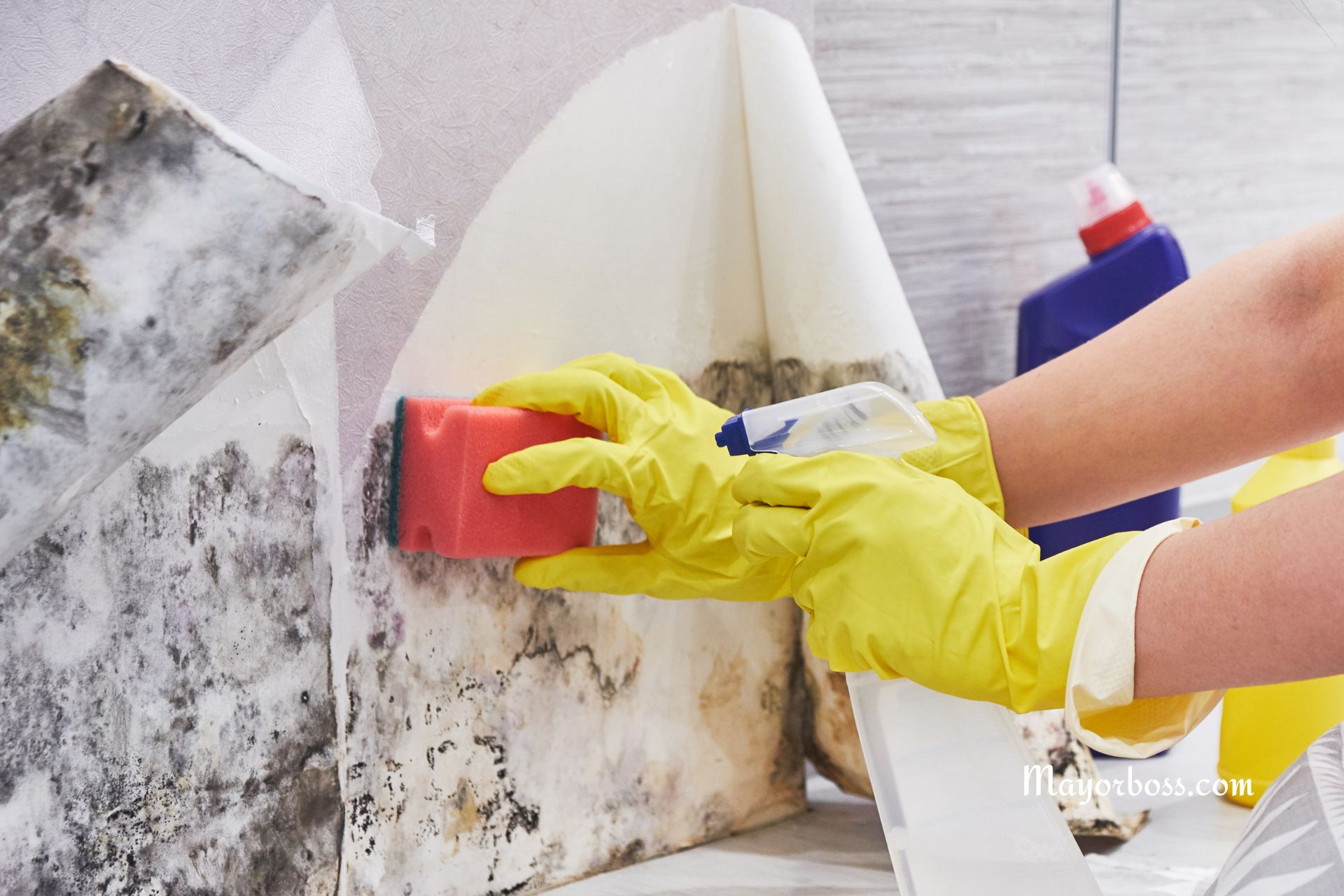
Why You Should Not Ignore Mold Growing on Your Walls
Indoor molds are more than merely a cosmetic issue. The National Institute of Environmental Health Sciences points out that mold exposure, especially in enclosed spaces, can trigger asthma, chronic cough, skin rash, sore throat, and even lung infection in some cases. For people with weakened immune systems, prolonged mold exposure can be particularly harmful. This is why getting rid of mold at the first sign is crucial.
It typically thrives in damp areas such as bathrooms, kitchens, basements, and laundry rooms. While small mold patches might seem like something you can live with, experts say it’s always a good idea to remove mold as soon as you spot it.
The Role Bleach Plays in Killing Mold on Walls
Now, let’s get to the good part: using bleach. This common household product is effective for killing mold on non-porous surfaces like tile, glass, and sealed walls. Bleach works because its active ingredient, sodium hypochlorite, destroys mold spores at a molecular level. It breaks down the cell structure of the mold, which prevents it from regrowing.
However, it’s important to note that bleach is only effective on non-porous surfaces. If mold has penetrated porous materials like wood, drywall, or insulation, you may need more intensive methods or professional help to fully remove it.
How to Use Bleach Safely to Eliminate Mold from Your Walls
You may already know that bleach is pretty strong, so it’s important to use it safely when tackling mold. Follow these steps to ensure you get rid of mold effectively while protecting yourself:
- Prepare the solution: Mix one cup of bleach with a gallon of water. You don’t need a higher concentration than this—too much bleach can damage your walls and even make the mold problem worse.
- Protect yourself: Wear gloves, protective eyewear, and a mask to prevent irritation from bleach fumes. Open windows and doors to keep the area well-ventilated.
- Test first: Before spraying the entire wall, test the solution on a small, hidden patch to ensure it won’t damage the paint or wall material.
- Apply the bleach solution: Using a spray bottle, lightly mist the moldy areas on the wall with the bleach solution. Avoid over-saturating the surface, as this can lead to more moisture problems down the line.
- Let it sit: Leave the solution on the wall for 10 to 15 minutes to allow the bleach to fully kill the mold spores.
- Wipe it down: After letting the bleach solution sit, use a clean cloth to wipe away the mold. If needed, repeat the process for stubborn areas.
- Dry the area thoroughly: Moisture is mold’s best friend. After cleaning, make sure the area is thoroughly dry to prevent future mold growth.
When Bleach Isn’t the Answer: Alternatives for Porous Surfaces
Bleach is a great option for non-porous surfaces, but what if you have mold growing on porous materials like drywall or wood? The bleach won’t be able to reach the mold growing deep inside those materials. In these cases, you’ll need to try different methods.
One common alternative is white vinegar. The International Journal of Environmental Research and Public Health notes that vinegar can be a safe and effective option for killing mold on porous surfaces. Simply spray undiluted white vinegar directly onto the moldy surface, let it sit for at least an hour, and then wipe it away with a clean cloth.
Another option is using hydrogen peroxide. Experts at MedicineNet suggest that hydrogen peroxide is another effective and safer method for cleaning mold, particularly on surfaces that might react poorly to bleach.
Preventing Mold Growth After Cleaning
Once you’ve eliminated the mold from your walls, the next step is making sure it doesn’t come back. Mold thrives in moist environments. Therefore, controlling moisture levels in your home is key. Here are some tips to keep mold from reappearing:
- Use a dehumidifier: Keeping your home’s humidity level below 50% can drastically reduce the chances of mold returning. Place a dehumidifier in areas that tend to get damp, like basements and bathrooms.
- Improve ventilation: Ensure that areas prone to moisture, such as the bathroom and kitchen, have adequate ventilation. Running the exhaust fan during and after showers, as well as when cooking, can make a significant difference.
- Fix leaks immediately: If you spot any leaky pipes or windows, fix them right away. Water leaks typically create the perfect breeding ground for mold.
- Clean regularly: Regularly cleaning areas prone to mold growth will help prevent the problem from reoccurring. Don’t just wait until you see mold—cleaning and drying these areas regularly will help keep them mold-free.
When to Call a Professional
While bleach and other cleaning solutions are effective for small patches of mold, large infestations may require professional help. The U.S. Environmental Protection Agency suggests that if the mold covers an area larger than 10 square feet, you should consider calling a mold remediation specialist.
The mold that grows behind walls, under floors, or in HVAC systems can be particularly tricky to handle on your own. Additionally, people with respiratory conditions or mold allergies should avoid cleaning mold themselves and should contact a professional instead.
The Takeaway
You don’t need to go out and buy fancy mold-removal products when bleach can do the trick for you. Just remember to use it safely and only on non-porous surfaces. For porous materials, white vinegar or hydrogen peroxide may be better options. Above all, keeping your home dry and ventilated is key to stopping mold from making a comeback. If the mold problem gets out of hand, don’t hesitate to bring in a professional.
And that’s it—next time you see mold creeping up on your walls, head to your laundry room, grab the bleach, and get to work!

